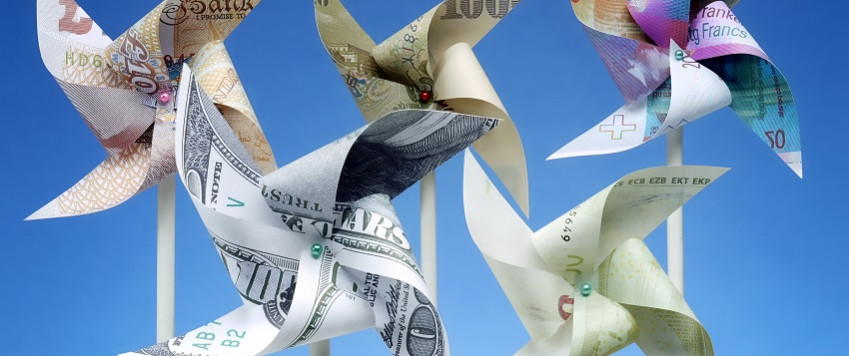Stable growth in partner countries helps export growth

In the first seven months of this year, export increased by 9.7% year-on-year (the month-on-month drop in July was 6.7%). Goods export growth was ensured both by the increase in actual volumes and pirce rises. Re-exports have also grown this year, whereas the greatest positive contributor was domestically produced goods.
Year-on-year, a positive rise in exports was retained in almost all groups of goods. The greatest positive contribution in this year’s goods export growth was made by food products, animal derived products, base metal products, mechanisms and electrical equipment, wood products and chemical products.
A substantial contribution was also made by the rise in agricultural and food product exports. Manufacturing data likewise point to a recovery in the food branch: 7.1 % growth in July year-on-year. This is an indication that the food branch has overcome the difficulties it experienced in the previous three years resulting from the ban on the imports of some food products in Russia and its consequences – increased competition in other countries.
Structural changes in one of the largest food producers, Orkla Foods Latvija, incorporating the enterprises Spilva and Gutta, are substantially behind the rise in food exports to neighbouring Lithuania. Orkla Foods Latvija has moved the production of several items designated for the Lithuanian market from Lithuania to a production unit in Babīte regional community, and this has led to a doubling of export volumes to that country.
Recovery has been observed also in fish processing despite the fact that Russia has yet to lift its ban on the imports of Latvian canned fish. Fish manufacturers, as well as dairy and meat product exporters continue to search for (and have found) new markets or have expanded their product range in the existing ones.
Constantly developing and perfecting their range of products, Latvian sweets manufacturers also post fast growth. They are conquering ever new export markets, for example, in Central Europe, the Nordic countries, the U.S.A. and elsewhere, thus justifying the investments made to the branch.
Albeit wood exports growth is no longer measured in double digits, foreign demand for Latvian wood products remains and wood product exports have been an important contributor to the total goods exports growth. The increase in wood exports to Sweden, Germany, Denmark, Italy, South Korea, Lithuania, Norway and other markets compensates for the drop in exports to the United Kingdom.
In the first seven months of this year, goods exports have increased by 15.1% year-on-year (the month-on-month drop in July was 4.1%). The year-on-year growth in imports accompanies that in exports. Imports benefit from faster inflows of European Union funds, which has resulted in renewed investment activity, including the expansion of the airBaltic fleet.
The prospects of Latvian external trade are good this year. The stable growth in Latvia’s main trading partners will help in raising exports and manufacturing output in the second half of the year as well. Risks remain, however, for continued export growth. Tensions in the labour market have resulted in a vigorous rise in wages.
Even though a month-on-month drop in the export value of goods was observed in June and July, it is a positive development that export market shares in the world continue to post growth despite the weakening of cost competitiveness as a result of the rise in wages. For successful growth in the export markets and sustained competitiveness, investments will be needed in the development of production.
Exports could also be negatively affected by natural disasters. This year’s weather has tested Latvian farmers. The long winter, uncharacteristically late spring, cool summer and strong rains during harvest time in some regions of Latvia do not allow us to hope for particularly good agricultural indicators. It is also difficult to predict the possible consequences of the hurricanes and the clean-up efforts in their wake on the US economy and globally.
Textual error
«… …»


